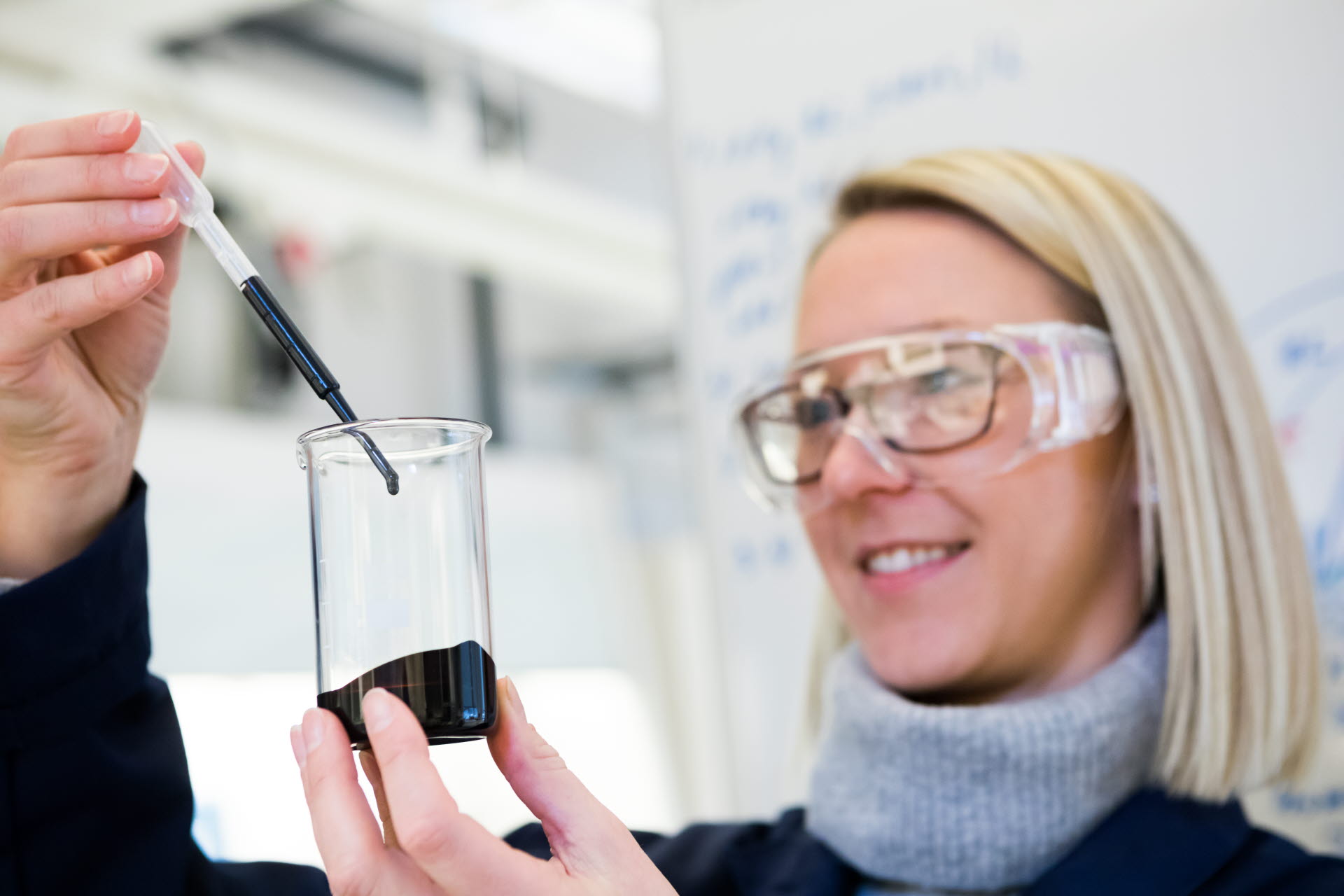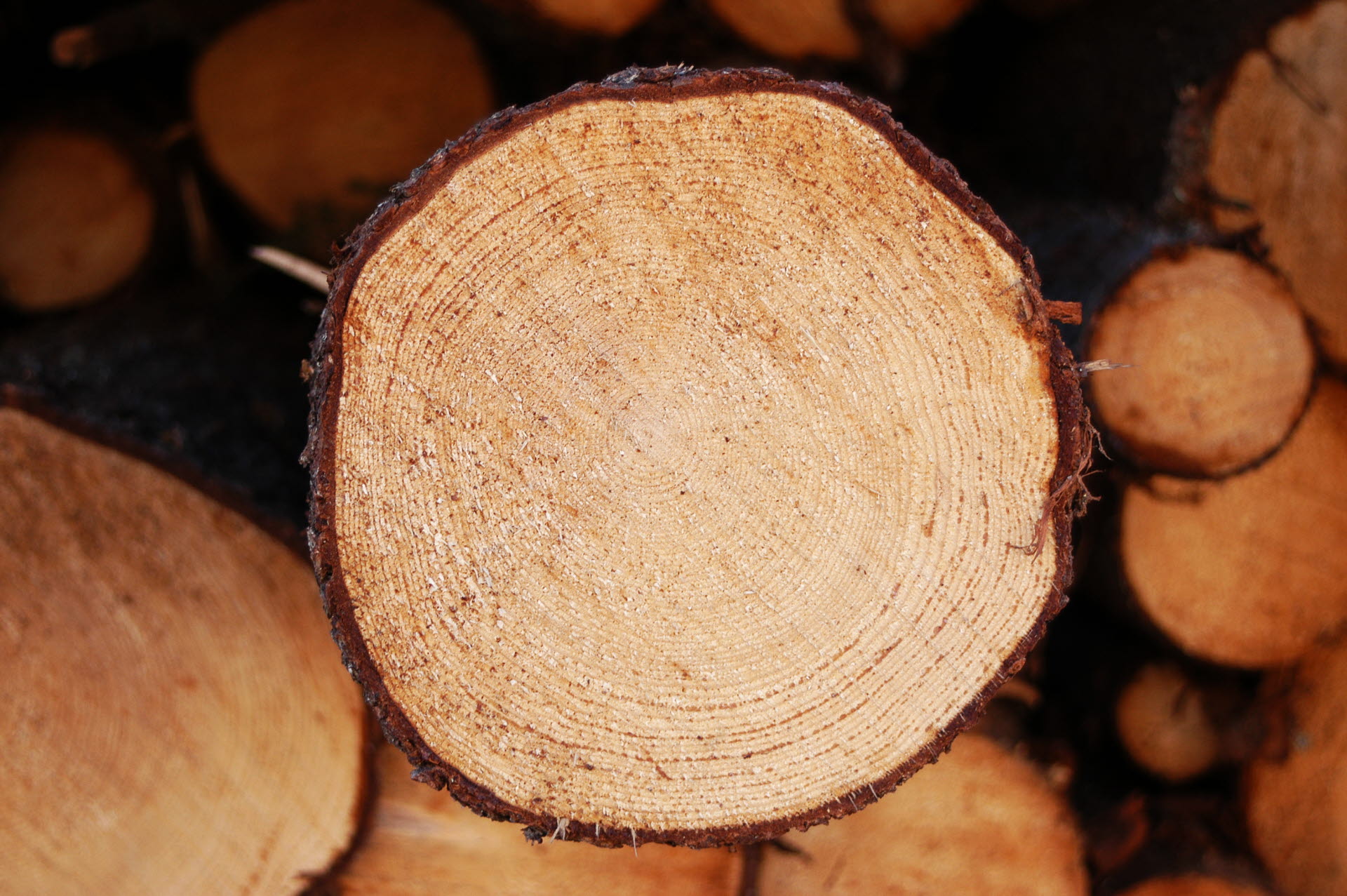SCA uses all parts of the tree, which means zero waste. The most valuable parts are processed into wood products, while the other parts are made into packaging paper, pulp, renewable energy, biofuels and other sustainable products.
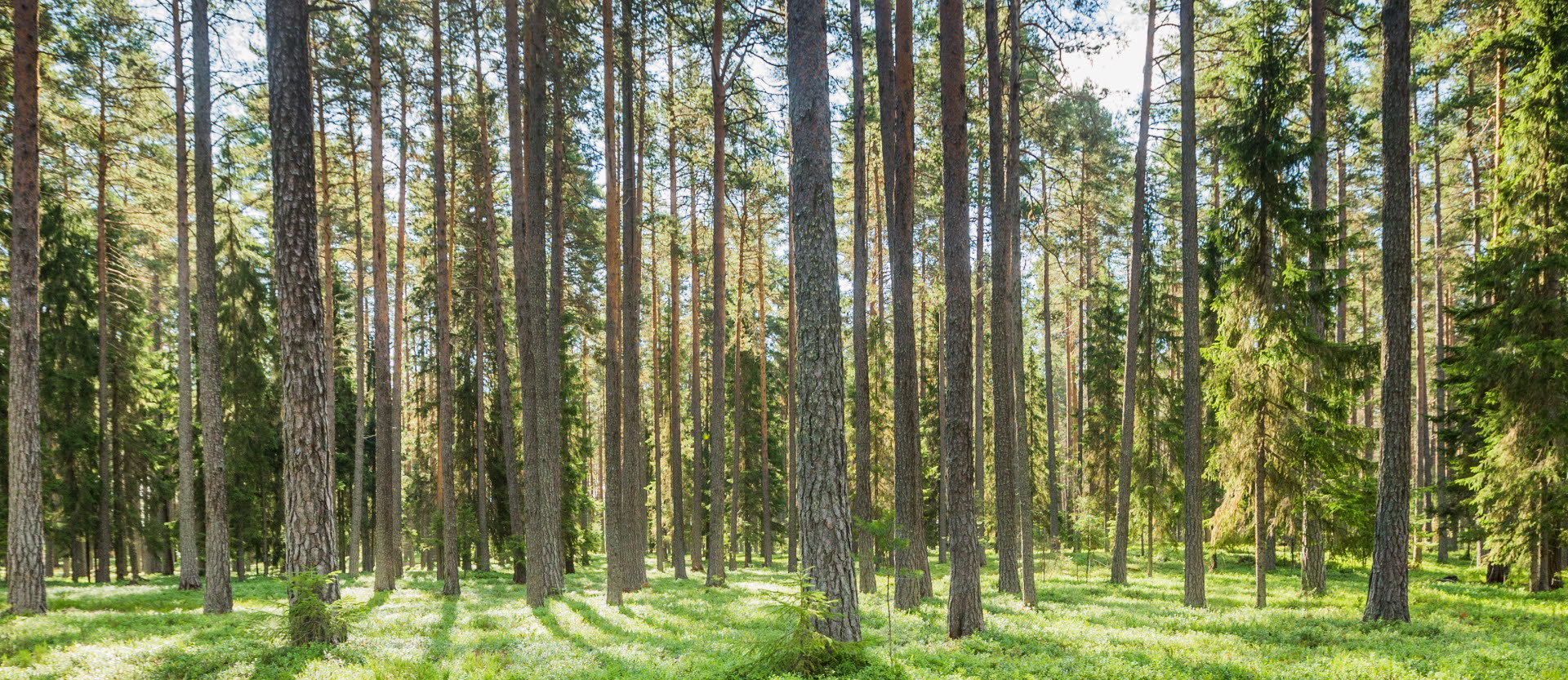
Our value chain
The foundation of our mission is to maximize the value of both our forest and of the products we create from it. We ensure that as great a share as possible of harvested trees becomes solid-wood products and also optimize benefits from the other parts. Waste streams and by-products also become valuable products for society’s green transition.
The effective use of our resources increases profitability while reducing impact on the environment and being economical with the planet’s resources. We have built a value chain where we ensure we obtain maximum value from each individual tree we harvest. More than 70% of a tree is processed for wood products, packaging paper and pulp. The remainder is converted into renewable energy, biofuels, green chemicals and other sustainable products.
We are investing heavily in our sawmills and industries, which makes them modern and competitive. New technology, innovations and continuous improvements are a few reasons why our value chain has become so efficient. Proximity to our large forest holding is also a success factor.
Sawmills
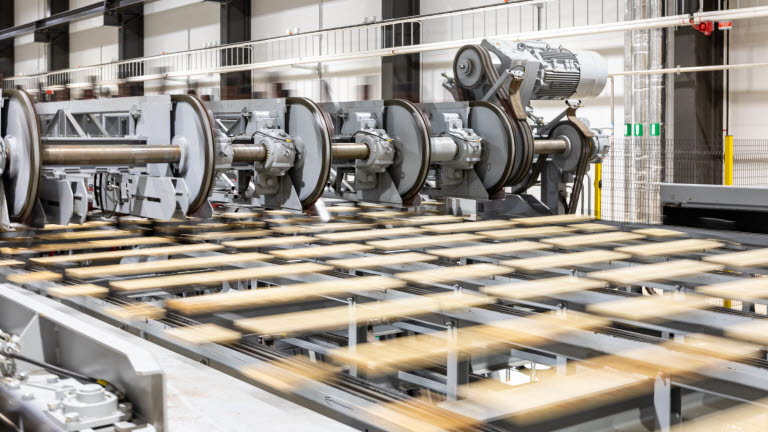
As much as possible of the tree is processed into wood products in our five sawmills. Using advanced technology, such as 3D-scanning and digital analysis, we ensure the logs are sawn optimally. Every millimeter counts! The logs are made into beautiful floors, durable outdoor panels, strong construction beams and other climate-smart products. More than 90% of what we saw is made into long-living products.
However, it is not practically possible to manufacture solid-wood products from the entire tree. Since the logs are round, it is simply not possible to make square planks and boards from everything. Nor is it efficient to make solid-wood products from the small-diameter logs in the upper parts of the tree.
The parts of the tree that cannot become solid-wood products are instead processed into other climate-smart products. Just over half of the logs are made into wood products, while the remainder becomes chips for pulp production or sawdust that is refined into pellets. The bark is used to produce green energy.
Kraftliner and pulp mills
At our two kraftliner mills and two pulp mills we produce packaging paper and chemical and mechanical pulp that is used for tissue and publication paper. The logs that are too thin to be sawn in the sawmills are used here. We also use sawmill chips, meaning chips from parts of the logs that could not be made into solid-wood products.
Valuable waste streams and by-products are also produced when we manufacture kraftliner and pulp. For example, the soda recovery boilers at pulp mills are so efficient that they not only produce all of the heating and electricity used in the mills, but also supply electricity and district heating to the local communities.
We also manufacture other green products that are extracted as by-products from pulp manufacturing, mainly tall oil and turpentine. These are further refined into biofuels and green chemicals that replace fossil fuels and other oil-based materials.
Bioenergy and green electricity
Our facilities use almost entirely bioenergy that we manufacture from by-products, such as bark and sawdust. We also deliver bioenergy externally, such as district heating and pellets. We recycle heating and use steam for electricity production at our pulp and kraftliner mills. The surplus is sold as green electricity and district heating to others.
Wind power
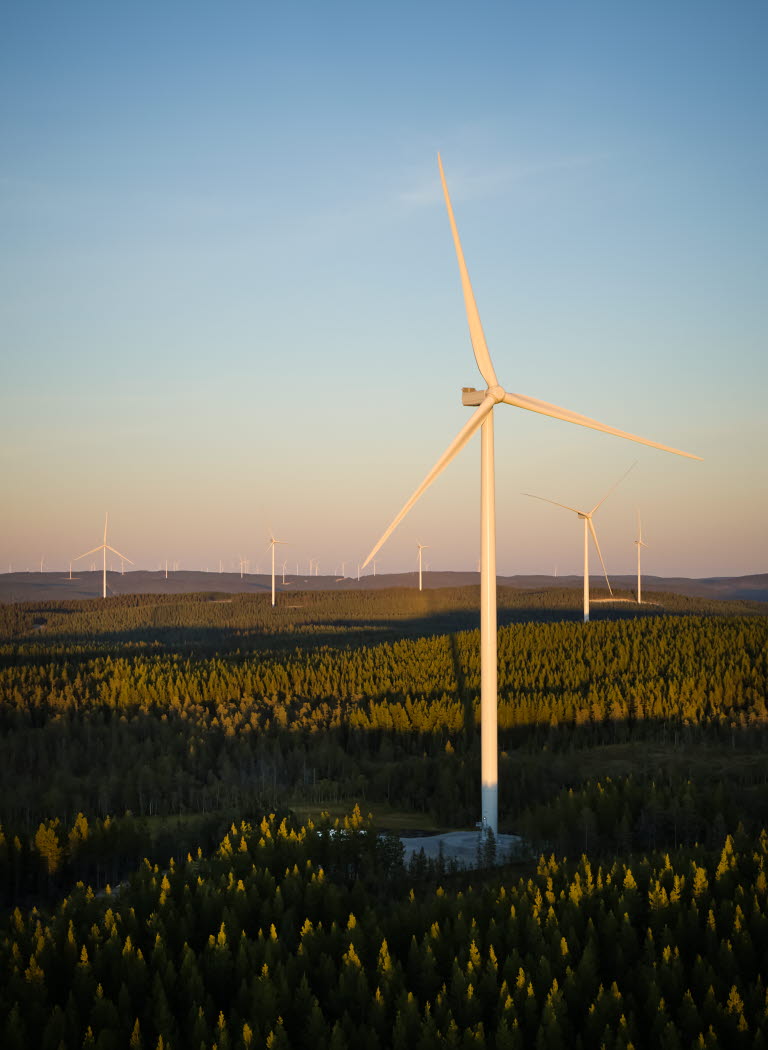
As Europe’s largest private forest owner, we own large areas of land with favorable wind conditions. Since 1997, we have leased land for wind power projects and are now extending our involvement by also acquiring and constructing our own wind farms.
Renewable energy is a crucial when the world must transition to a more sustainable future. Wind power is the production method with the lowest carbon footprint and most limited environmental effects of all energy types. Wind turbines can also be built relatively quickly.
The use of our forest land for wind power is another way to maximize the value of our forest and utilize it in the best possible way in the transition to a sustainable society.
The entire tree is used
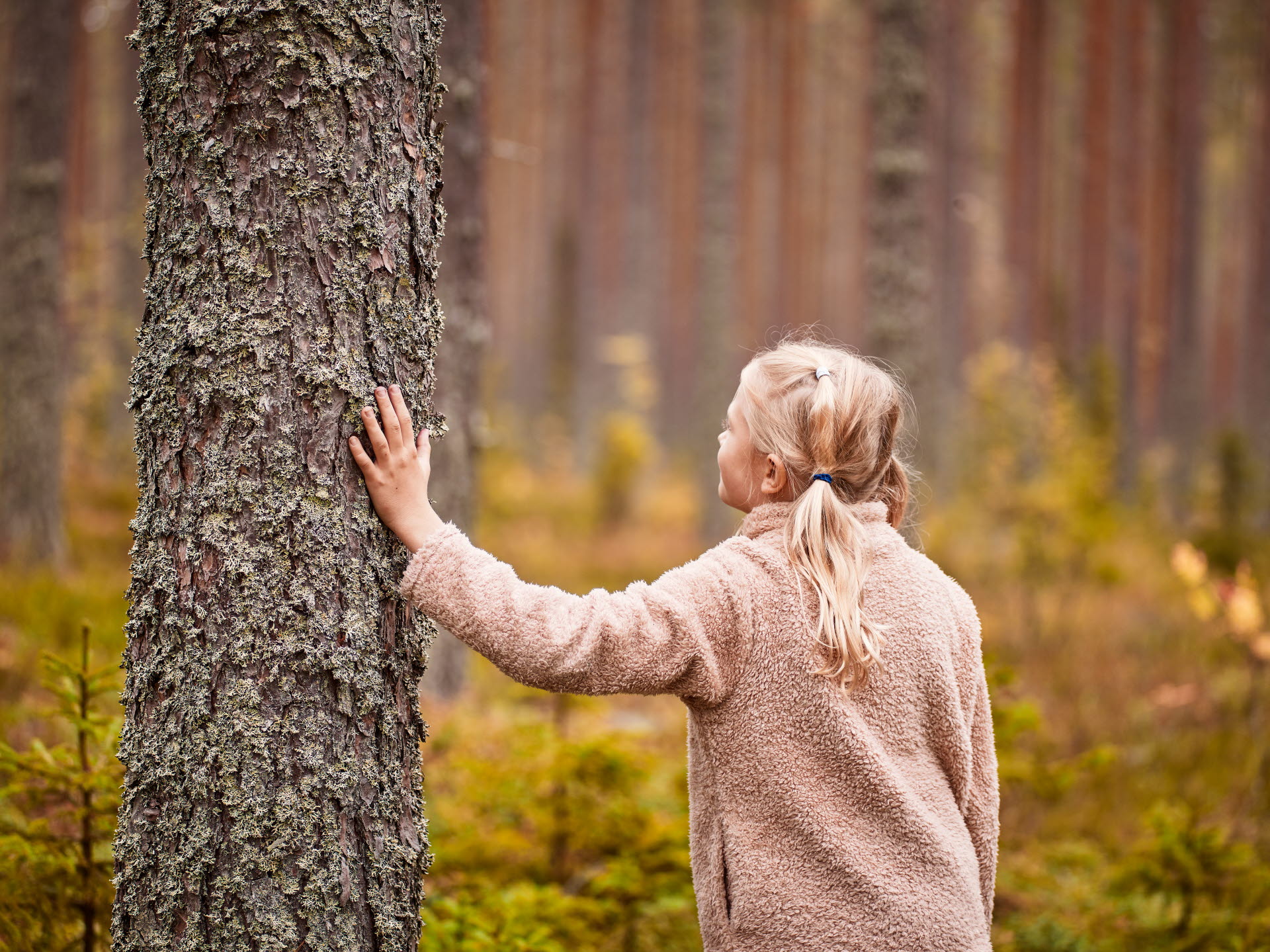
Same tree – many different products
Voices are sometimes heard in the debate stating that harvesting should be reduced and only really long-lived products should be produced from the forest – meaning only solid-wood products. But we do not harvest certain trees to produce solid-wood products and others to make products such as pulp and kraftliner – nor would it be efficient to do so. Instead, we manufacture many different products from a single tree.
Development and innovation
We also create new uses for our by-products and waste streams – uses that increase benefits to society, contribute toward a fossil-free world and maximize the value of the forest. The continual optimizing of our processes and increased recycling are also important for steadily increasing resource efficiency.
In Gothenburg, we are currently working with the start-up of the biorefinery that we jointly own with St1. Here, we will manufacture large volumes of fossil-free vehicle and aviation fuel. One important raw material will be tall oil, which will be supplied by several of our kraftliner and pulp mills. This is one of many examples of how we are processing our by-products, striving toward a fossil-free world and maximizing the value of all parts of the tree.
